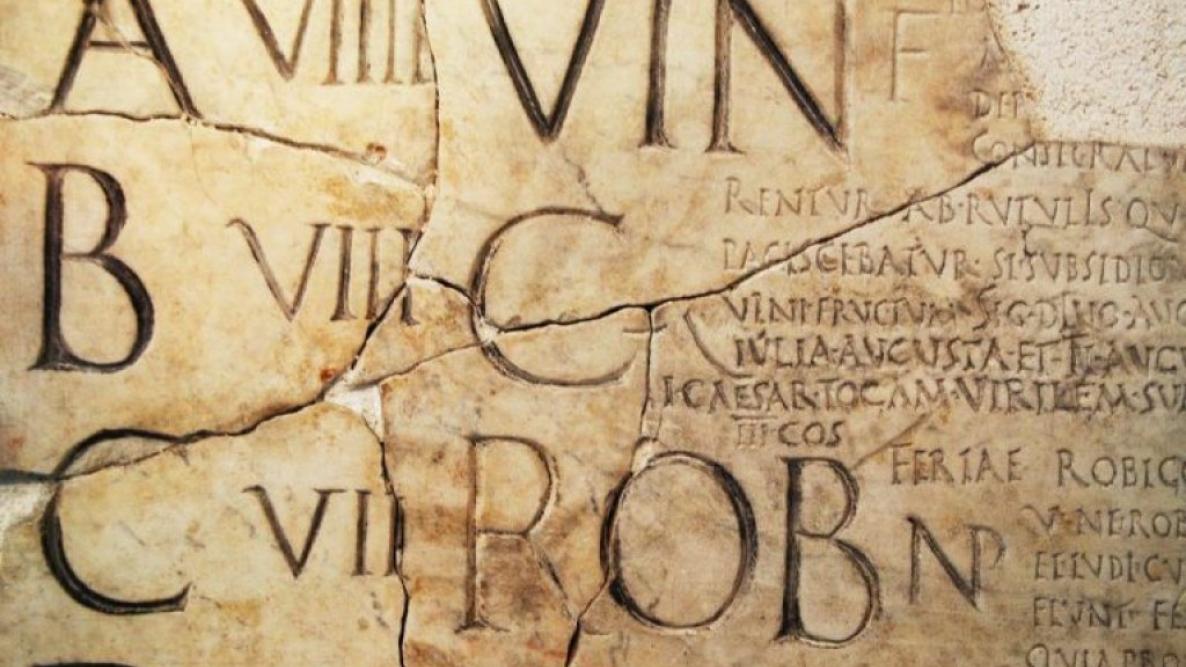History Of The Months And The Meanings Of Their Names– The names of the months are a combination of gods and goddesses, kings, and numerals. Find out how our calendar came to be as it is now.
We use the Gregorian calendar today, but it was derived from the ancient Roman calendar, which is thought to have been created by Romulus, who reigned as Rome’s first king in around 753 BC.
Like our modern calendar, the complex lunar Roman calendar contained 12 months, but only 10 of them had formal names. Since the government and military were inactive during the winter, they only had names for the season that we now identify as March through December.
Mars, the god of battle, was honored with the name March (Martius), as this was the month when active military campaigns commenced. The goddesses Maia and Juno were also used as the names for May (Maius) and June (Junius). The name April (Aprilis) is believed to be derived from latin aperio, which means “to open” and refers to the springtime opening. The remaining months were simply numbered; their Latin titles, Quintilis, Sextilis, Septilis, Octilis, Novilis, and Decilis, respectively, indicated the fifth, sixth, seventh, eighth, ninth, and tenth month.
All 12 months eventually received appropriate names when January (Januarius) and February (Februarius) were added to the end of the year. While February’s name is thought to have originated from Februa, an ancient festival honoring ritual spring cleaning and washing, January was given its name after Janus, the Roman deity of beginnings and changes.
Changes To The Julian Calendar
The Roman calendar was changed by Julius Caesar when he was elected pontifex maximus so that the 12 months were based on Earth’s rotations around the Sun. As with our current calendar, it used the sun. To maintain the calendar year in sync with the solar year, January and February were shifted to the front of the year, and leap years were introduced.
January and February continued to be seasons of reflection, calm, fresh starts, and purification. Quintilis was renamed July in 44 BC in honor of Julius Caesar after his passing, while Sextilis was renamed August in 8 BC in honor of Roman Emperor Augustus.
Naturally, due to all the renaming and restructuring, some of the titles of the months no longer corresponded to their positions in the calendar (September to December, for example). Subsequent emperors attempted to rename certain months after themselves, but those modifications failed to last.
Today’s Gregorian Calendar
There were still some errors and corrections to be made with the Julian calendar, much later, in 1582, Pope Gregory XIII, introduced several modifications. The Gregorian calendar changed the length of the calendar year from 365.25 days to 365.2425 days mostly because the Julian calendar had overestimated how long it took the Earth to orbit the Sun. The equinoxes and solstices—and thus, the date of Easter—then once again coincided with their observed dates, making it easier for leap years to be added to the calendar.
History Of The Months And The Meanings Of Their Names
JANUARY
The Roman god Janus, who guarded doorways and exits, was the inspiration for the name JANUARY. Janus has two faces, one of which is looking into the past and the other into the future. In ancient Rome, the Janus Temple’s gates were open during times of conflict and closed during peaceful times.
FEBRUARY
The Latin term februa, which means “to purify.” Februalia, a festival of purification and atonement that took place around this time, inspired the name of the Roman calendar month of Februarius.
MARCH
Named for Mars, the Roman god of war. This was the time of year to pick up where the winter had left off with military operations. Several celebrations took place in March as well, possibly in advance of campaign season.
APRIL
derived from the Latin word aperio, meaning “to open (bud),” as this is the month when plants start to grow. Essentially, this month was seen as the rebirth of spring.
MAY
named for the Roman deity Maia, who oversaw plant growth. “Elders,” who were honored throughout this month, are also descended from the Latin word maiores. Maia was revered as an earth goddess and a nurturer, which may help to explain the association with this month of spring.
JUNE
named for the Roman goddess Juno, a protector of women’s health and marriage. ‘Young people,’ is additionally derived from the Latin word juvenis.
JULY
Named in honor of the late Roman autocrat Julius Caesar (100–44 B.C.). One of Julius Caesar’s biggest historical accomplishments came in 46 B.C., when he created the Julian calendar—the predecessor to the Gregorian calendar we use today—with the aid of Sosigenes.
AUGUST
Named in honor of Augustus Caesar, the first Roman emperor and grandnephew of Julius Caesar (63 B.C.– A.D. 14). The Latin term “augustus,” which means venerable, noble, and majestic, is where the name Augustus (the first Roman emperor) originates.
SEPTEMBER
Since September was the seventh month in the early Roman calendar, the Latin word septem, which means “seven,” was used to describe it.
OCTOBER
The eighth month of the year was known as October in the old Roman calendar. Its name is derived from the Latin word octo, which means “eight.” The Romans sought to rename this month after different Roman emperors when they switched to a 12-month calendar, but October jammed.
Given that wine was manufactured during this time of year, the month was known in Old England as Winmonath, or “wine month.” It was also known as “Winter Full Moon” or Winterfylleth in English. They viewed this full Moon as signaling the arrival of winter.
NOVEMBER
Derived from the Latin word novem, which means “nine,” as this was the ninth month in the early Roman calendar.
DECEMBER
Derived from the Latin word decem, which means “ten,” as this month had been the tenth in the early Roman calendar.
DON’T MISS! The Cuban War Of Independence: A Struggle For Freedom And Sovereignty

